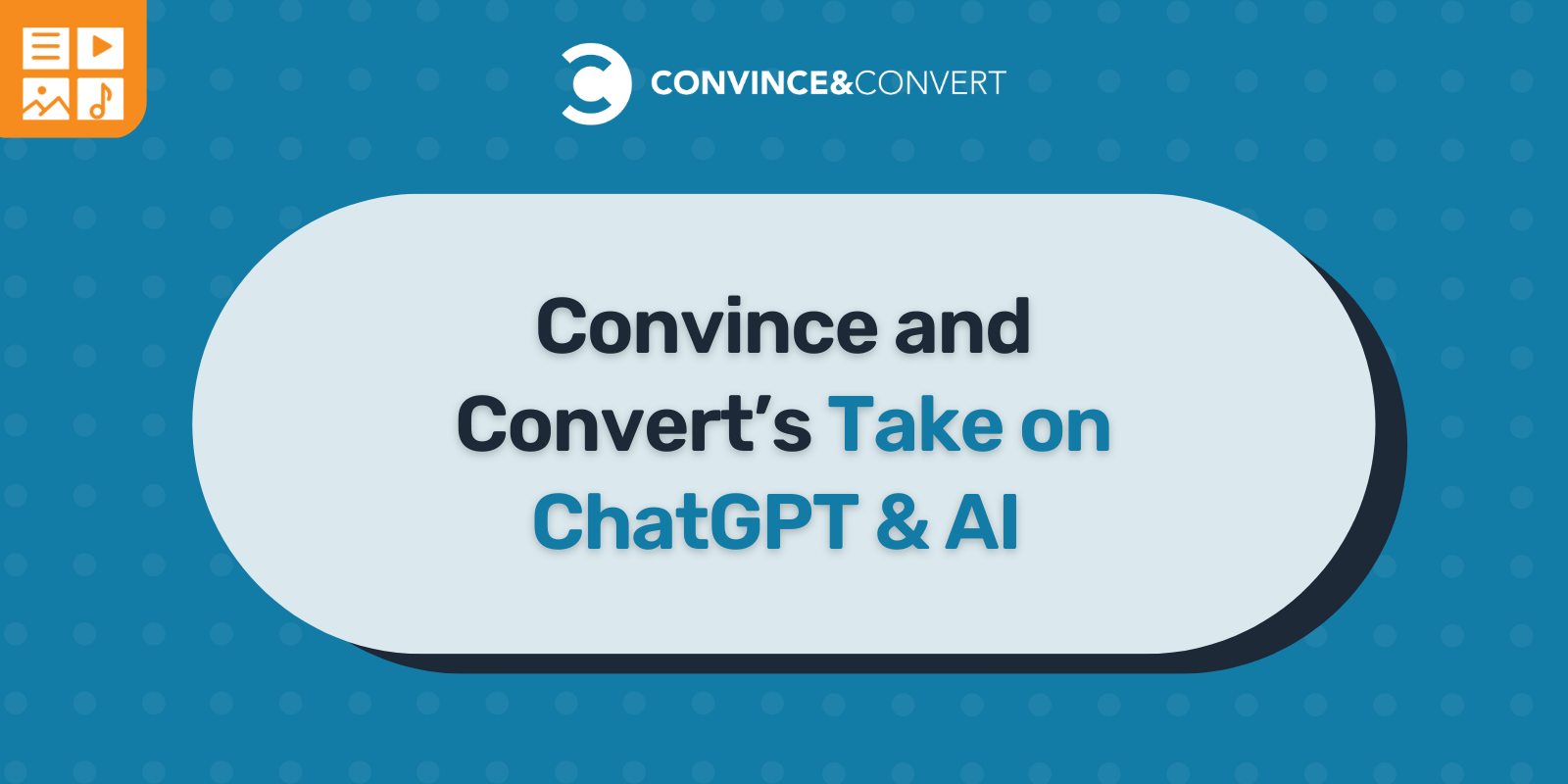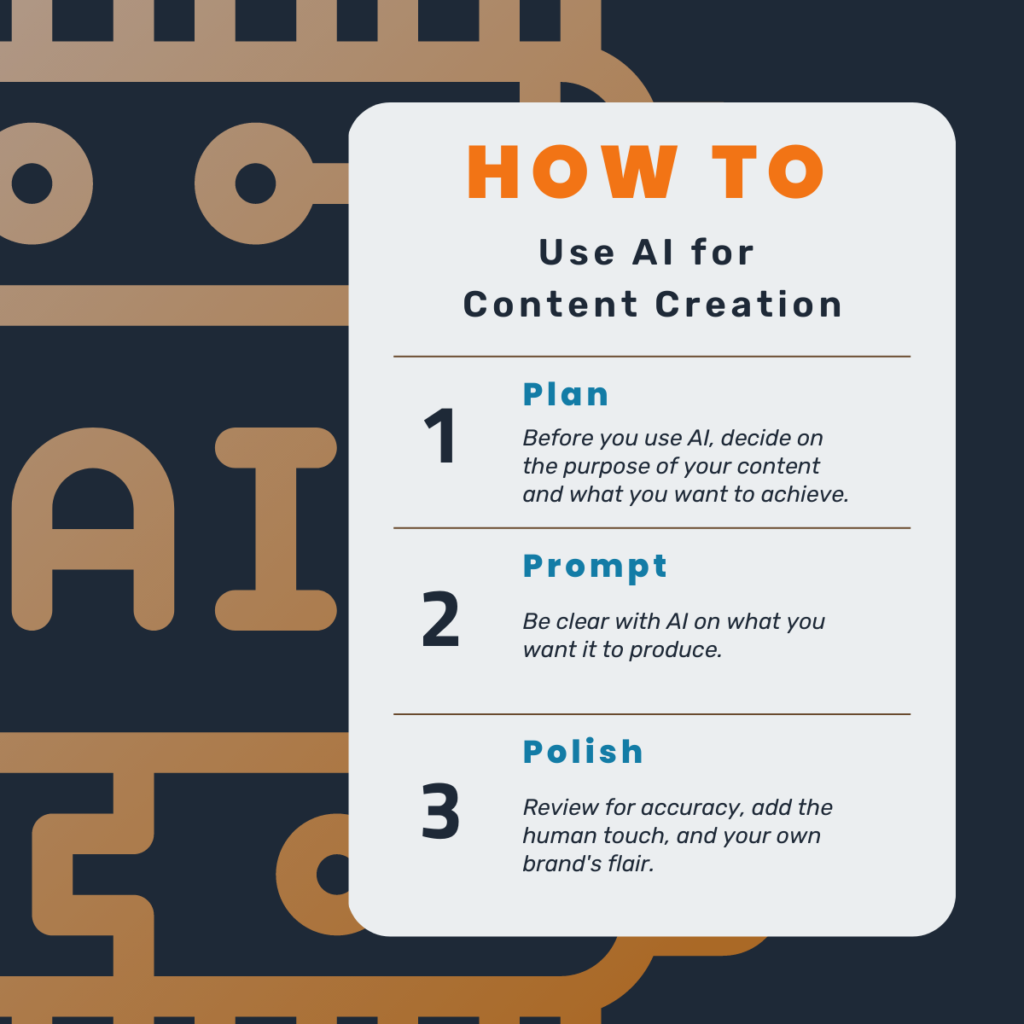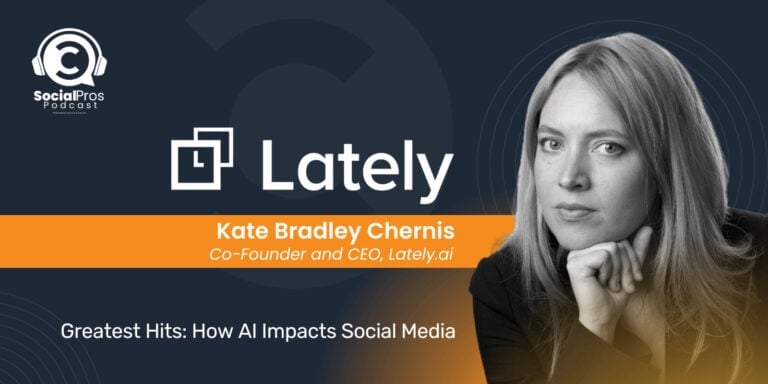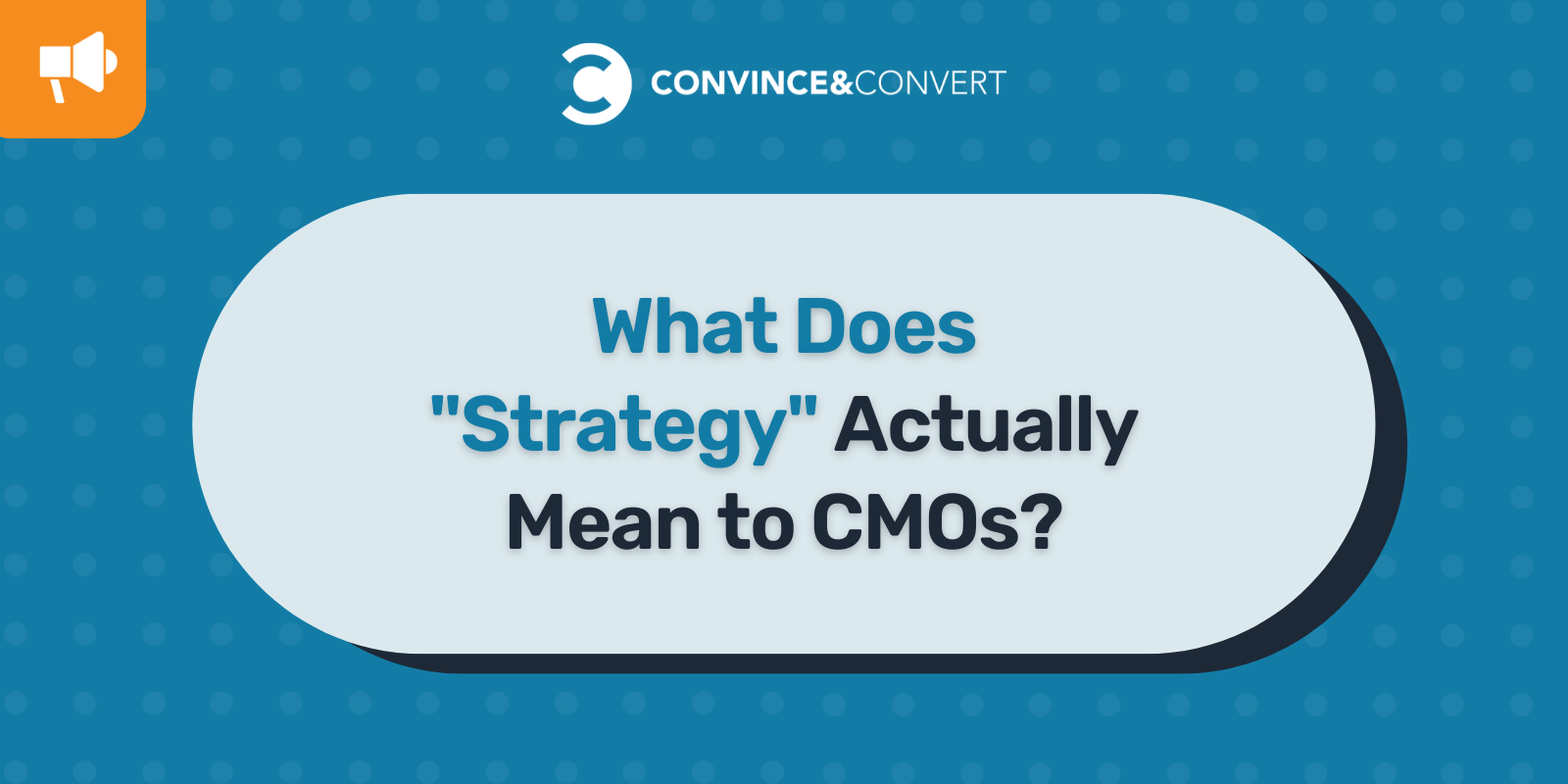
While AI has certainly been around for many years, ChatGPT has only been available since November 2022. It’s blown up in the marketing community really since the new year of 2023 and is taking over conversations in every industry like wildfire.
This genie isn’t going back in the bottle and we need to continue to understand it, leverage it for the good it can bring, and be aware of the pitfalls as it accelerates.
In fact, in Gartner’s Top 5 Marketing Predictions for 2023 they shared that, “By 2025, organizations that use AI across the marketing function will shift 75% of their operational activities from production to more strategic activities.”
First, understand the fundamentals of ChatGPT.
Google says, “As its acronym indicates, Generative Pre-training Transformer, Chat GPT is a generative language model based on the ‘transformer’ architecture. These models are capable of processing large amounts of text and learning to perform natural language processing tasks very effectively.”
ChatGPT says, “ChatGPT is a large language model developed by OpenAI that can be used for natural language processing tasks such as text generation and language translation. It is based on the GPT-3.5 (Generative Pretrained Transformer 3.5) model, which is one of the largest and most advanced language models currently available.”
What this means in real talk: Very smart developers created a code which consumes massive amounts of content across the web. Think of it as it reads every page on Google and can categorize and retain all of that information. They also coded the platform to have a predictable level of “human” speak as well. When the system is prompted it rapidly pulls the details from the massive database, applies its level of human speak to that information and displays a result for the user.
As of now in early 2023, the platform is free but all indicators are pointing to this being a paid platform sooner rather than later. Additionally, there are already many paid platforms with a similar working premise as ChatGPT but none to the scale.
By 2025, organizations that use AI across the marketing function will shift 75% of their operational activities from production to more strategic activities.
Click To Tweet
I love what our friend Chris Penn from Trust Insights said in his latest newsletter around content AI. Give his Youtube-version of his newsletter a view below to further understand the technology behind content AI. His example at about halfway through (minute 7 or so) on how he used ChatGPT to take HIS words and make them more grammatically correct and readable (vs. speakable) is a great way to consider using the technology as well.
Second, leverage ChatGPT for the good it has potential to bring.
We at Convince & Convert see this as a tool to support a human job NOT as a replacement for any human jobs. Just like a baker may use an electronic mixer to mix ingredients, ChatGPT can be used by content creators as an acceleration tool.
Undoubtedly, it has the potential to reduce the initial amount of work, and the ongoing skills set of content creators of all kinds. For the marketing leader, this should enhance your content marketing team’s abilities NOT replace them.
By using ChatGPT, essentially first drafts of written content could be created in the platform then finessed and refined by the human content creator. Of course, it takes a human to prompt the platform in the first place, but the ability of the platform to cull from a massive database of information should reduce the time to get to a first draft of a blog post, eBook or other written piece and allow the human creator to add on to that draft and apply more critical thinking skills.
Other uses for increased efficiency could be simple ad headlines, short body copy, test copy blocks, and other smaller copy needs that could be more quickly iterated through ChatGPT.
This also has the potential to grow the content creator role to a more strategic thinker. The ideation and planning of content become even more critical roles to have on your team, but the content creation — the literal words on pages part — shifts to draft editing and refinement and can be sped up by allowing the platform to do the basic research and cull on a topic.
Writer block, procrastination, time to final draft could be positively impacted when the planning and prompt input are the human focus up front and enhancement and editing are the skills on the other side of the ChatGPT output.
Particularly for regulated industries, human review will always be needed for the nuances of the business, disclosure and specifics of a message.
An analogy our team uses is the invention of email didn’t make the postal service extinct. It changed the volume and reliance on mail carriers but we still need them.
With ChatGPT (or any generative AI), a human will still be needed to plan, prompt, and at the very least polish the platform output.

Third, be aware of the potential pitfalls of using a tool like ChatGPT.
The brilliant Ann Handley said in her newsletter about ChatGPT recently that,
“You write faster first drafts, but you can’t shortcut relationships.”
We could not agree more, Ann.
Relationships with your audience for one. ChatGPT can never replace a human touch and understanding of the audience you serve.
Likewise, it should never interfere with the quality of relationship with your co-workers or clients. Being transparent on how copy was created and the relationship of your team to that copy should remain at the forefront. As discussed above, a human still has to plan, prompt and polish a ChatGPT content piece. Use that as an opportunity to advance your relationship with your audience and not hide it.
Specific questions of legality such as copyright and ethical applications are still emerging. We’ve already seen higher ed institutions question the use of it for entrance essays. This proves tricky since AI detection software is also quickly being released.
Lastly, it’s not always right. Yes, it’s fast. Yes, it pulls information from around the web BUT is that information actually correct? It’s incumbent on the user to check the information and the grammar just as if you were pulling it fully yourself and critically think about the content you choose to publish.
Our bottom line is and remains: humans first, always. Tools can be great enhancements to how we do work, but should not overcome the relationships between each other.
More about AI on the Social Pros:
 Social Media” width=”490″ height=”245″ srcset=”https://www.convinceandconvert.com/wp-content/uploads/2023/01/EP-559-Blog-Image-768×384-1.jpeg 768w, https://www.convinceandconvert.com/wp-content/uploads/2023/01/EP-559-Blog-Image-768×384-1-300×150.jpeg 300w” sizes=”(max-width: 490px) 100vw, 490px” />
Social Media” width=”490″ height=”245″ srcset=”https://www.convinceandconvert.com/wp-content/uploads/2023/01/EP-559-Blog-Image-768×384-1.jpeg 768w, https://www.convinceandconvert.com/wp-content/uploads/2023/01/EP-559-Blog-Image-768×384-1-300×150.jpeg 300w” sizes=”(max-width: 490px) 100vw, 490px” />
The post Convince and Convert’s Take on ChatGPT & AI appeared first on Convince & Convert.
Did you miss our previous article…
https://www.sydneysocialmediaservices.com/?p=4950


